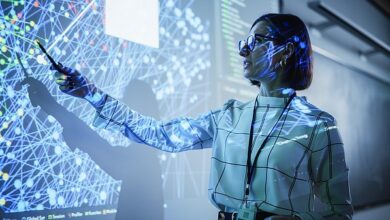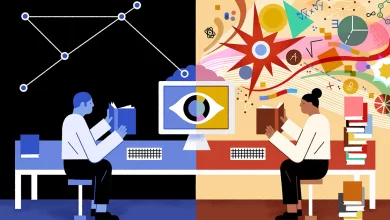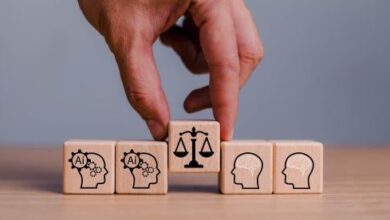The Role of Artificial Intelligence in today’s Art.

The Role of Artificial Intelligence in today’s Art.- Artificial Intelligence (AI) remains a contentious topic among artists, with some embracing its potential while others condemning its impact. This polarisation creates the need for a more nuanced conversation of its role. Negating it doesn’t lead to progress, so it’s important to understand its implications, addressing both its technical capabilities and ethical considerations. When wielded effectively and responsibly, AI can serve as a valuable tool. However, the concern lies in the tendency for AI-generated art to lack originality and depth, often resulting in derivative works that mimic established styles and artists rather than fostering artistic innovation.
AI is now a significant market. With major corporations heavily invested, we hope that ethical considerations remain as important and central to capitalist ventures as technological evolution. AI’s current power extends beyond mere creation to the curation of a collective cultural repository akin to a vast encyclopedia—resources of writing and imagery that even the biggest library couldn’t contain. Ethically curated, this repository holds the potential to enrich education, research, innovation and push the boundaries of creativity. For this enrichment, to be ethical and equitable,it should come hand in hand with acknowledgement, copyright and align with fundamental rights and democratic values, serving as an aid for humanity and creativity.
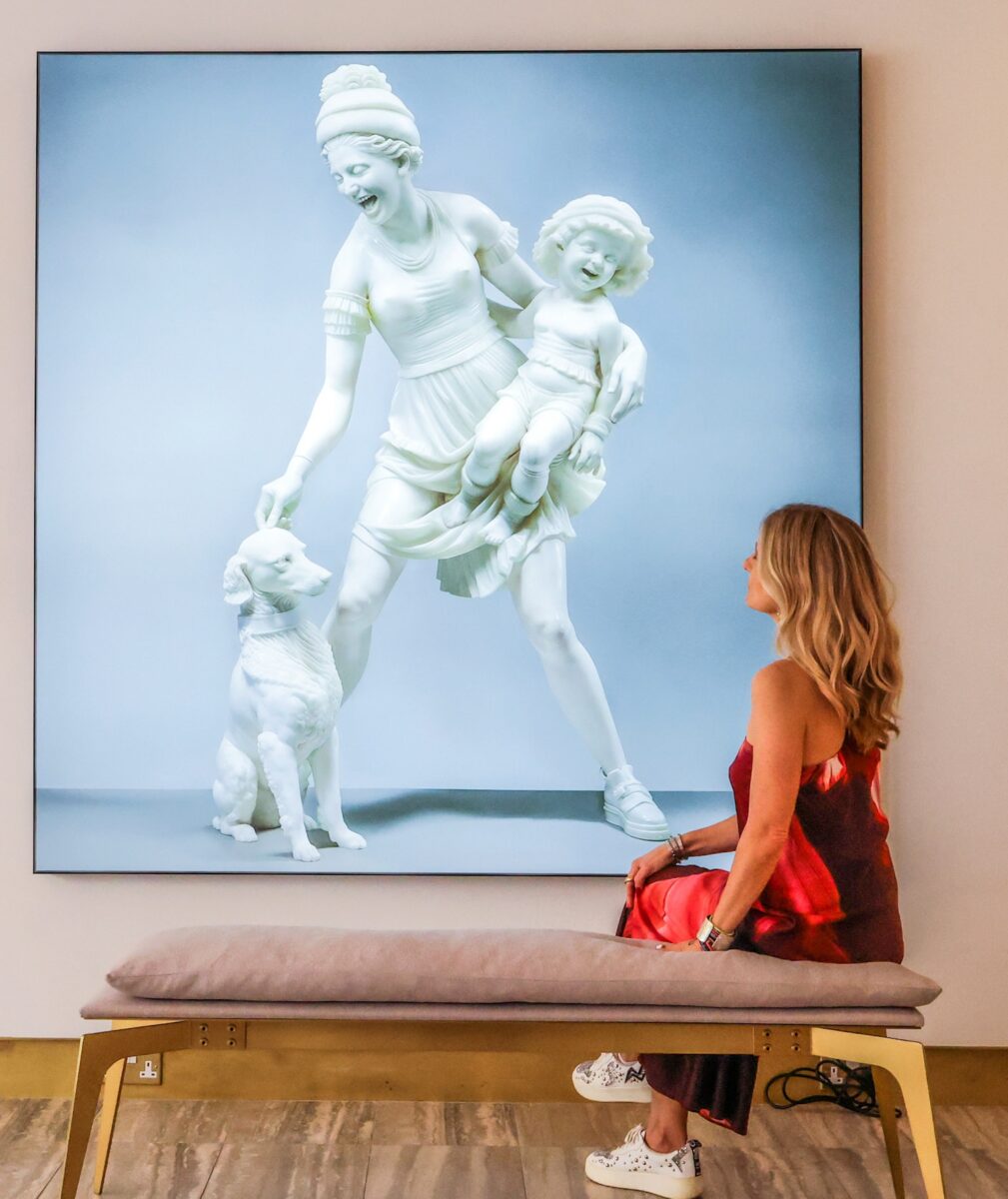

What interests me the most is how some artists have used AI positively for what it can offer, integrating it into their own artistic style and practice, while others challenge it and subvert traditional approaches to AI and technology, leveraging its capabilities in unconventional ways to push artistic boundaries and challenge perceptions of creativity. Renowned artists like Von Wolfe, Refik Anatol, Scott Eaton, Trevor Paglen, and Henry Hudson have embraced AI as a tool for imagination, exploration, research, and experimentation. Wolfe, for instance, embraces its hallucinatory qualities and states that the data latent in his dream state is not something one can claim when it is in this hallucinatory state. He uses AI as his sketchbook by training it with his own dataset and imagery. Anatol views AI as an extension of the mind, emphasising its potential to dream alongside humans. Eaton, an early adopter of AI in art, points out the conscious curation of datasets and ethical considerations in AI-generated works, hence creating his own algorithm. Paglen’s investigations shine a light on the inherent dangers of oversimplification within machine learning processes and raise questions about the ethical intentions behind them.
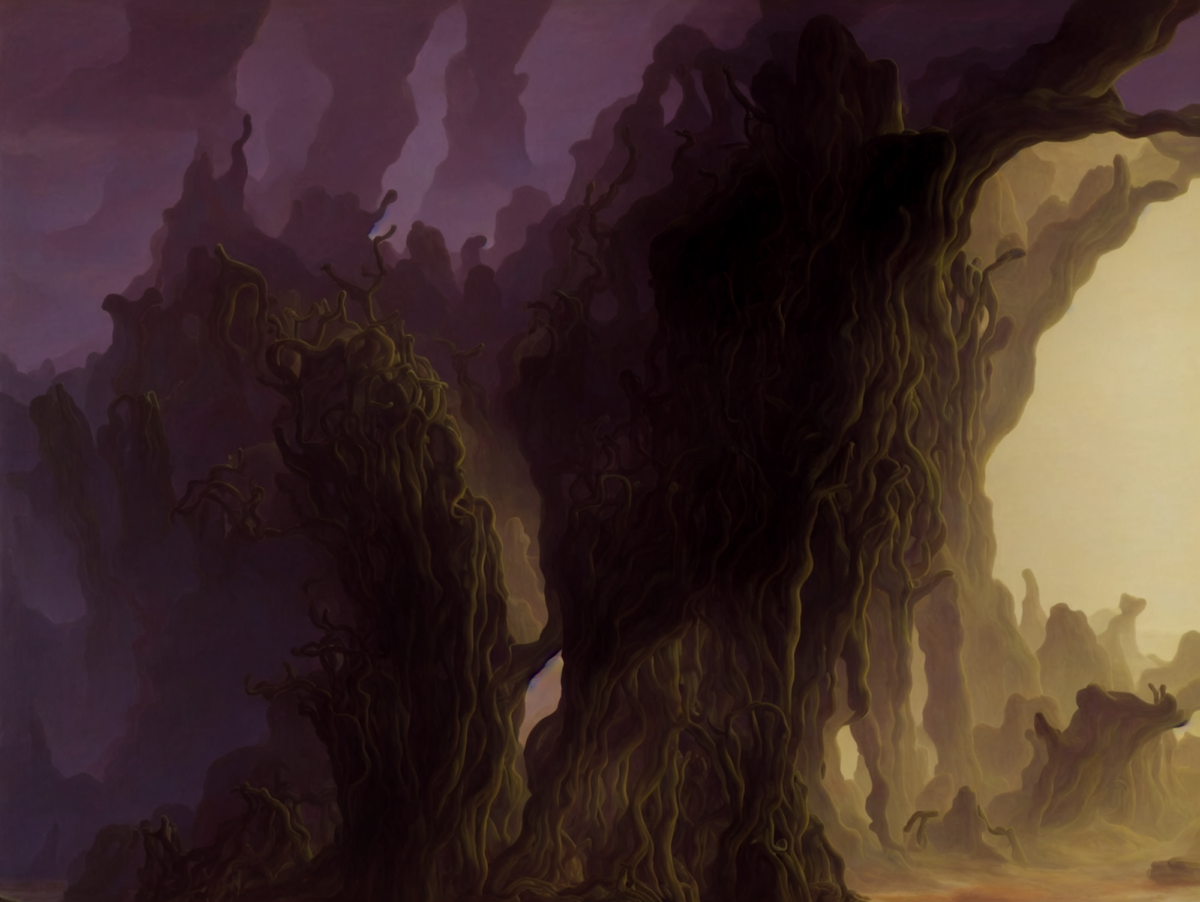

Henry Hudson, who is opening a new exhibition at the British Art Fair this September presented by Virginia Damtsa and The African Art Hub, feels that it is his duty to keep one foot in the past, one in the present and one in the future. “It is a fast-moving world, and it would seem fit if I had another foot to reach out into the future. Could this be my artificial intelligence footprint?” His work is an alchemy of technology and various techniques such as plasticine, iPad painting, flatbed printing, Woodbury-type prints, pure pigmentation works, ceramics, scagliola, performance art, NFTs, and now Artificial Intelligence.
Other artist run-organisations, like the Artist Rights Alliance (ARA), supported by over 200 artists from musicians and songwriters to performers, has called for measures to prevent AI from infringing upon human artists’ rights. Other regulatory efforts from the UK government’s AI task force, the EU Parliament, and the US government have all created their own blueprints for an AI Bill of Rights, as the White House names it to tackle threats. However, Europe has taken the lead in regulating AI with the AI Act, being arguably the most comprehensive and far-reaching, to enter into force in June 2024. Some critics argue it could stifle innovation due its prescriptive nature and high compliance. As technology is moving faster than human bureaucracy, Geoffrey Hinton, the father of AI and former Vice President of Google, says AI regulations have no teeth and warns about the dangers of AI. According to his theory, only complicated manual jobs will not be lost to automation. So craftsmanship and handmade art will still have a sustainable path for the future.
The emergence of AI-generated artworks has also captivated the art market, with notable instances such as a Paris-based collective’s AI artwork selling for $432,500 at Christie’s auction house in 2018. Similarly, Sotheby’s sold its first-ever work created by artificial intelligence the same year during its day sale of contemporary art in London. Titled Memories of Passersby I (2018), the work by Mario Klingemann generates an infinite, shifting array of portraits on two large digital displays. It hammered to an online bidder at £32,000 ($42,000), according to Artnet News.
Despite the promise of AI in art, challenges remain, including copyright infringement, the regurgitation of imagery, the expansion of generic plasticky art, data ethics, and the need for transparent regulations. As AI technology continues to evolve, it must be harnessed responsibly by users and corporations to preserve artistic integrity and protect artists’ rights. The future of AI in art holds immense potential, opening new doors for imagination, but its success hinges on maintaining a delicate balance between technological advancement, ethical stewardship, and the positive, responsible and creative use of AI for the creation and experimentation of new genuine ideas, styles, perspectives, techniques and possibilities.
Written by art curator and art dealer Virginia Damtsa www.virginiavisualarts.com.
Current Exhibition: “AI & Technology Influence on Contemporary Art”, featuring artists Jonathan Yeo, Henry Hudson and Von Wolfe curated by Virginia Damtsa at 12 Old Burlington Street until the 10th of September.
Upcoming Exhibition: Virginia Damtsa, in collaboration with The African Art Hub, is pleased to present Henry Hudson “ Animism; Universal Connections” at the British Art Fair at the Saatchi Gallery, 26-29 September, an exploration of animism, AI, and travel inspirations.
